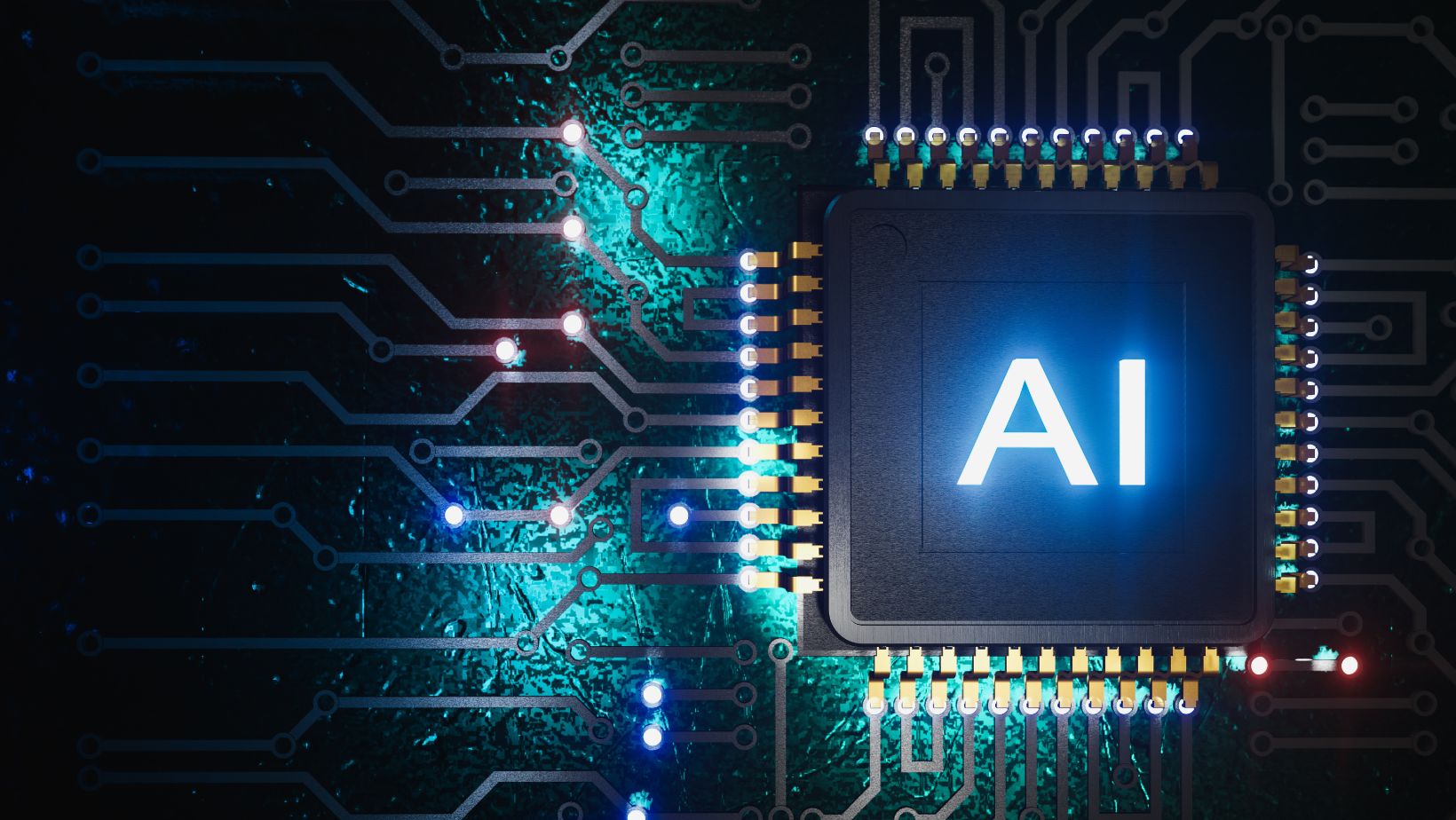
In the dynamic tech sphere, artificial intelligence (AI) has become a transformative force. This once futuristic idea is now a reality, revolutionizing many industries. However, as AI becomes increasingly widespread, it raises an important question – is your AI behaving appropriately?
The idea of ‘Responsible AI’ is growing in popularity, promoting transparency, accountability, and ethics within AI systems. The aim is to guarantee AI technology is used beneficially for everyone, without inflicting harm or bias. So, let’s explore the fascinating realm of responsible AI and determine if your AI is genuinely on the correct path.
What Is Responsible AI?
‘Responsible AI’ refers to the development and use of artificial intelligence in a way that is transparent, accountable, and ethical. It underscores the obligation of AI creators and users to make sure the AI technology operates justly, prevents harm, and serves all users without bias.
Responsible AI encompasses a detailed review of technologies to ensure they comply with five main aspects: transparency, accountability, value alignment, interpretability, and user data rights.
- Transparency refers to the simplicity in comprehending the decision-making process or conclusion-drawing methods of an AI system.
- The importance of holding systems and their creators accountable for the outcomes of their actions is emphasized by accountability.
- Value Alignment refers to the congruence between the outputs of an AI system and human-centric ethics and values.
- Interpretability refers to the ability of humans to understand the actions of an AI system.
- The importance of respecting user data privacy, obtaining informed consent for data collection, and implementing correct data management are emphasized by User Data Rights.
Therefore, the creation and upkeep of responsible AI necessitates a comprehensive review of AI practices at all stages, from conception and design to implementation and feedback loops. The objective is to guarantee that no AI system inflicts harm or bias as a result of poor design or misuse.
Challenges in Ensuring Responsible AI
One of the most significant hurdles in achieving Responsible AI is the pervasive issue of bias in algorithms and data. Bots like Stock Blast Pro are the best example for explaining the challenges of responsible AI. For instance, the decisions made by advanced AI systems like deep learning models are not easily explainable, even if their outcomes prove highly accurate. Implementing transparency means interpreting these complex algorithms in a way that makes sense to humans. It’s a daunting task, one that even the loftiest experts struggle to tackle.

Another challenge is the operationalization of accountability. It is not clear who is responsible for the decisions made by autonomous AI systems. Is it the owner, the developer, the user, or perhaps the AI itself? This challenge is exacerbated by the fact that global legal structures have not yet fully adjusted to this new era of AI.
Thirdly, value alignment presents its own unique challenges. AI systems are fundamentally goal-oriented, striving to accomplish the specific objective they were programmed for, whether that’s defeating a grandmaster in chess or diagnosing a patient’s illness.
Nonetheless, the process of aligning AI objectives with human values is not a simple one. Any misalignment could result in unforeseen outcomes. For instance, an AI designed to enhance user engagement could inadvertently promote divisive or extreme content, due to its higher user interaction. Thus, it is crucial for developers to ensure their AI’s goals are in line with wider societal values, a task which is easier to talk about than to implement.
Examples Of Responsible AI
Understanding the basic issues of Responsible AI is essential, and so is highlighting instances where it has been effectively employed. These examples act as standards and offer insights into the successful use of Responsible AI.
Successful Implementations of Responsible AI
Numerous cases exist where organizations and AI developers have skillfully navigated the intricacies of Responsible AI. By utilizing the principles of transparency, ethical considerations, and accountability, they’ve demonstrated how AI can effectively ‘do the right thing’.
- Healthcare: In the healthcare sector, AI applications often emphasize on patient privacy and data security while improving health results. They have played a crucial role in disease diagnosis, customization of treatment plans, and predicting patient decline, all while ensuring the highest level of data confidentiality.
- Education: AI algorithms in educational systems demonstrate a commitment to minimize bias and encourage fairness. The focus is on developing customized learning paths suited to each student’s ability, while doing away with discriminatory practices.
- Finance: The industry shows exceptional application of AI in identifying fraud and reducing risk, implementing strategies to protect against bias or unjust practices in lending or investment decisions.
The highlighted points underscore the effective implementation of Responsible AI, which incorporates transparency, ethical principles, and accountability throughout the AI lifecycle. Despite existing complexities, these instances prove that Responsible AI is not just a theoretical notion, but a feasible reality in specific industries.
Way Forward
Several factors need to be taken into account to move towards a consistently responsible AI environment. Key among these is the need to improve transparency in AI algorithms.

Many people still find machine learning models mysterious, often likening their decision-making process to a ‘black box.’ The transparency of these models can be improved through the adoption of techniques such as explainability AI (XAI). The purpose of XAI is to elucidate how these models formulate their predictions, bridging the gap between AI and human comprehension.
Furthermore, central to this journey is the establishment of clear accountability for AI actions and outcomes. Legislation, like the artificial intelligence regulation proposed by the European Union, plays a crucial role in determining who should be responsible for an AI system’s decisions, and ensures that they are held accountable.
Next, encapsulating human values in AI objectives necessitates a more intimate dialogue among technologists, ethicists, and the public at large. The process of promoting discussions regarding societal values allows ethicists to steer the evolution of AI technology such that it aligns with the values of its target users.
Furthermore, acknowledging and upholding user’s data rights is a significant component of responsible AI. Companies need to find a middle ground between using data for AI models and preserving user privacy. Tougher data privacy laws, along with privacy-protecting technologies such as differential privacy and federated learning, can be utilized towards this end.
Conclusion
The path towards Responsible AI is more than just a trend, it’s a necessity in our current data-centric world. The goal is to find a balance between leveraging AI’s capabilities and ensuring its ethical utilization. The obstacles of transparency, accountability, and data privacy are not impossible to overcome. The evidence of success in sectors like healthcare, education, and finance substantiates this. By implementing the right strategies including explainability AI, clear legal frameworks, and privacy-protecting technologies, we can guide AI towards beneficial outcomes. The advancement of technology depends on our capacity to cultivate Responsible AI. Let’s keep the conversation going, adapt, and progress towards a future where AI is not only intelligent but also accountable.
Responsible AI – Is Your AI Doing The Right Thing? – LyncConf

